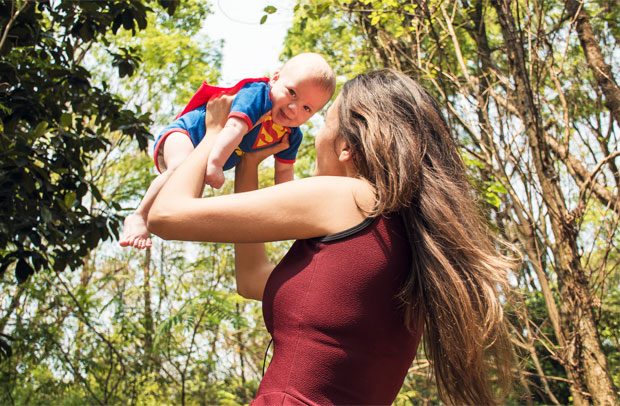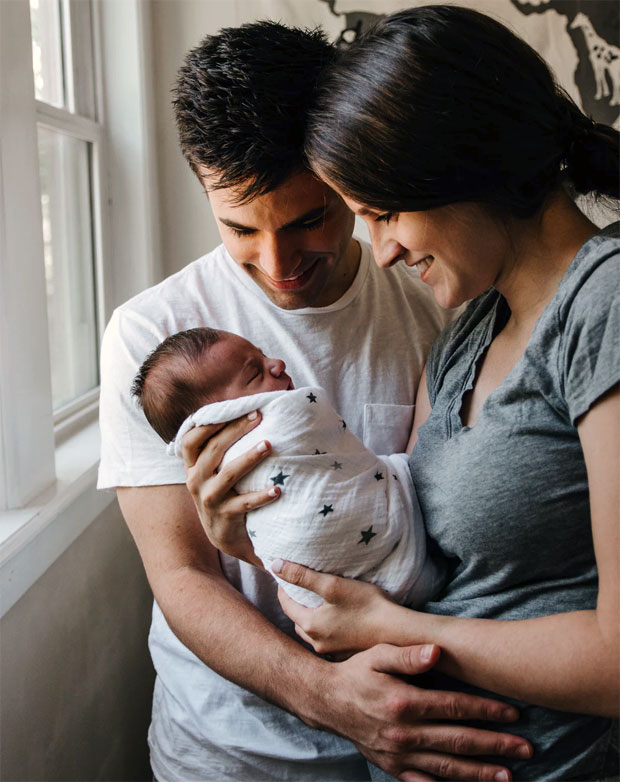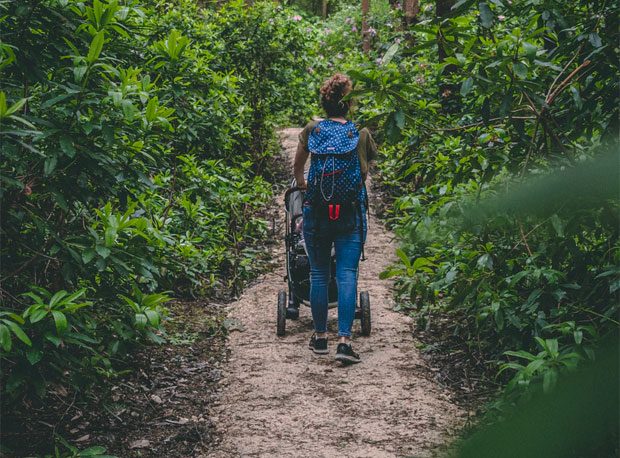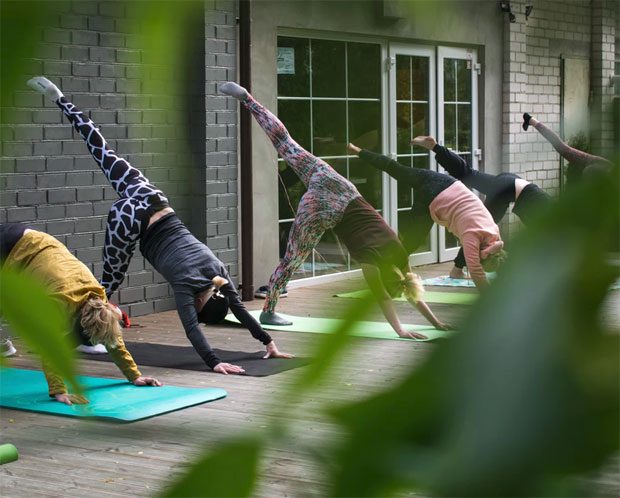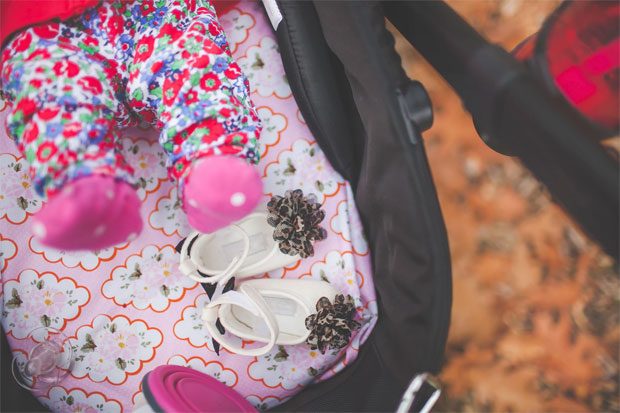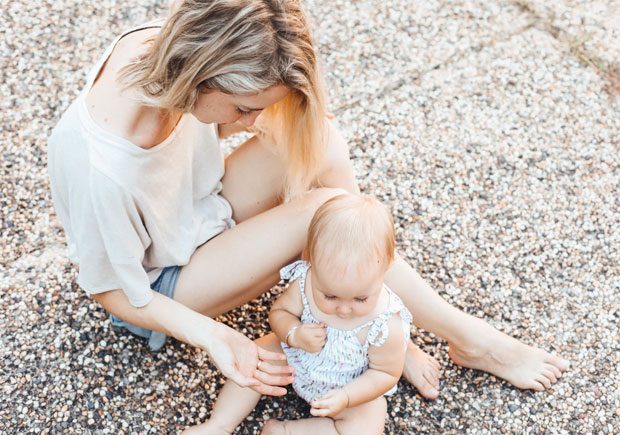Everything You Need to Know About Exercising After Pregnancy
Everything You Need to Know About Exercising After Pregnancy
When you’re first pregnancy, everyone is excited to hear about your pregnancy, feel the baby kick, and know what foods you’re avoiding or if you’ve found out the sex yet. But then you have the baby, and all the focus is on your beautiful baby. It’s important that you remember to focus on you too. Look after yourself as well as your baby and take plenty of time to relax and enjoy your baby. A few months down the line, when you have recovered from the birth, it’s common for women to start thinking about getting their pre-baby body back (or something similar!). Exercising after pregnancy has lots of benefits and in this article, you’ll find everything you need to know about it.
Any woman who has gone through a pregnancy understands the toll it can take on your body. When you’re pregnant, you will gain weight to support the growth of your new baby. Things will shift and change that you may not have expected. Your hair will change and your feet may now be a different size. Learning to honor the body you have now, the body that created life, can initially be difficult as you process living in a body that you may not recognize.
When you’re looking into getting fit and exercising after pregnancy, you might focus a lot on weight loss, but there are many positive reasons to start exercising after you’ve given birth, apart from losing the baby weight.
Why weight loss shouldn’t be your number one goal
Weight gain when pregnant is completely normal and 100% needed to give birth to a healthy, happy baby. While many women find the weight gained during pregnancy to be jarring, it can’t be avoided if you want to have a healthy pregnancy. On average, you should expect to gain between 25 and 35 pounds when pregnant. If you’re underweight, that can go up to 40 pounds. If you’re already overweight, weight gain should be between 15 to 25 pounds. Unless you’ve been told by your healthcare professional that your weight gain has reached unhealthy levels, try not to focus too much on your weight gain and understand that you will lose most of it once you give birth and your fluids go down.
It’s also important to remember that your body will never look exactly the same as it once did. Even if you lose the weight, your skin will look different and things may never look 100% the same, but that doesn’t mean you’ve failed! Fitness moms know that a changed body doesn’t mean a failed body. You are a mother now and your body displays the power of creating new life. You can also click here for more tips on losing baby weight.
What are some of the benefits of postnatal exercise?
As mentioned, there are many more benefits to exercising after pregnancy than most people realize. Here are some of them:
- It helps strengthen and tone abdominal muscles.
As your pregnancy progresses, your growing uterus can put pressure on the two bands of muscle that make up your abdominal wall. This can cause a separation known as diastasis recti. In general, this condition isn’t dangerous, but it can cause your stomach to become saggy or for a visible gap between the muscles to form. postnatal exercise can help your abdominal wall regain its strength and minimize the after-effects of diastasis recti.
- It boosts energy.
Having a newborn is exhausting. Not only are you suffering from sleep deprivation, your body is just starting to recover from the taxing experience of giving birth. Adopting an exercise regime after you give birth can help increase your energy levels by training the heart to work more efficiently, this provides more oxygen to the brain and other organs.
- It may be useful in preventing postnatal depression.
With up to 1 in 7 women reporting symptoms, postnatal depression is far from uncommon. However, recent studies have shown that women who were physically active during pregnancy and after experienced fewer depressive symptoms.
- It promotes better sleep.
While the exact mechanics are unknown, it has long been accepted that moderate exercise can help relieve symptoms of chronic insomnia, reset the body clock, and help you sleep deeper. All things that are fundamental after you have a new baby.
- It relieves stress.
Giving birth isn’t just trying physically, it’s also emotionally overwhelming. Exercise and other physical activities help release endorphins, stabilize your mood, and improve your self-esteem. In fact, even just five minutes of exercise can have anti-anxiety effects–so imagine what the recommended 150 minutes a week can do!
Taking it slow
Even if you were quite fit before giving birth, you may need to take it slower than you’re used to once you’ve welcomed your little one into the world. On average, if you’ve had a vaginal delivery you’ll need to wait about six weeks before working, and eight weeks if you’re had a C-section. If you had an uncomplicated vaginal delivery with no significant tearing and are feeling up to it, you can start to do light exercise within a few days of giving birth. However, the key word here is light. Monitor yourself for any pain or discomfort and respect what your body is telling you.
If you had a C-section or a more complicated birth, talk to your doctor before embarking on a fitness routine to make sure you don’t do any damage to your healing tissues.
Focus on low-impact exercise
No matter how willing you may be to get right back into the swing of things, when you’re recovering from childbirth low-impact exercises are key. Attempting high intensity workouts right after giving birth can do more harm than good when your body is attempting to heal. Exercises like walking, stretching, and light resistance training with exercise bands are all ways you can help get your body back into shape in a safe and healthy way.
Core and floor
The two parts of a woman’s body that is most affected by pregnancy are her core and her pelvic floor, which is why working on these areas is key to helping your body recover from pregnancy and childbirth. A range of issues can result from these muscles, which is why strengthening these muscles throughout and after your pregnancy can help eliminate many problems. However, you want to avoid high-impact core exercises like sit-ups and crunches and instead focus on exercises like that encourage proper posture and alignment, like alternating heel slides, half-kneeling kettlebell lifts, and ban pullovers.
Listen to your body
While we understand that you might want to get back in shape as quickly as possible, listening to your body will actually help you recover faster. There is no shame in taking time away from the gym to allow your body the time it needs to recover. Pregnancy and childbirth is an intensely challenging experience, both mentally and physically. Even if you were doing high-impact exercises several times a week before your baby, that doesn’t mean you’re being held to some impossible standard where you need to be right back at it the moment you’re out of the hospital. As you start exercising again, listen to your body and understand what it needs. Rest is just as (if not more) important than getting back into an exercise regime. If you do start working out and you feel physical discomfort, talk to your doctor and stop doing that exercise until you understand what’s happening and have discussed the matter with a medical professional. Hurting yourself will only set you back farther from achieving your goals. Don’t rush when you start exercising after pregnancy – always listen to your body.
What are some types of exercise that are fit mommy approved?
Just because you can’t start powerlifting or going to CrossFit right after giving birth doesn’t mean there aren’t plenty of options out there to help you get back into exercising after pregnancy. Once you’re past the initial stages of recovery and ready to take on more challenging exercises (with approval from your healthcare provider, of course) there are plenty of great, mom-approved fitness classes you could take part in.
- Barre classes
This yoga-inspired workout combines Pilates, yoga, and ballet to create a low-impact core-focused workout routine that can be modified for new moms while still provided a surprising amount of sweat-inducing opportunities. Barre classes will also help you stretch tense muscles and provide the gentle strengthening to stabilization muscles that you are in need of after giving birth.
- Yoga
While not all forms of yoga are postnatal appropriate, there are many types of yoga that can help new moms get back on their feet. Yoga encourages stabilization and balance and helps posture, all things that new moms need to help their muscles recover and increase their stamina. Since not all forms of yoga may be postnatal appropriate, look for a class a postnatal specific yoga class that is gentler and focuses on key poses to help your body recover from giving birth.
- Stroller fitness
Get fit and make friends with other new moms by joining one of the many stroller fitness classes available. Stroller fitness classes include cardio and strength training and have different intensity levels for those just returning to exercise or those looking for a challenge.
- Water aerobics
Don’t be put off by the idea that water aerobics is only for seniors! Water aerobics are a great, low-impact fitness option that can help you rebuild your cardiovascular endurance after pregnancy without too much stress on your joints. Water aerobics is also the perfect way to increase your strength without worrying about putting too much pressure on the pelvic floor.
Guest Article. Contains a sponsored link.

